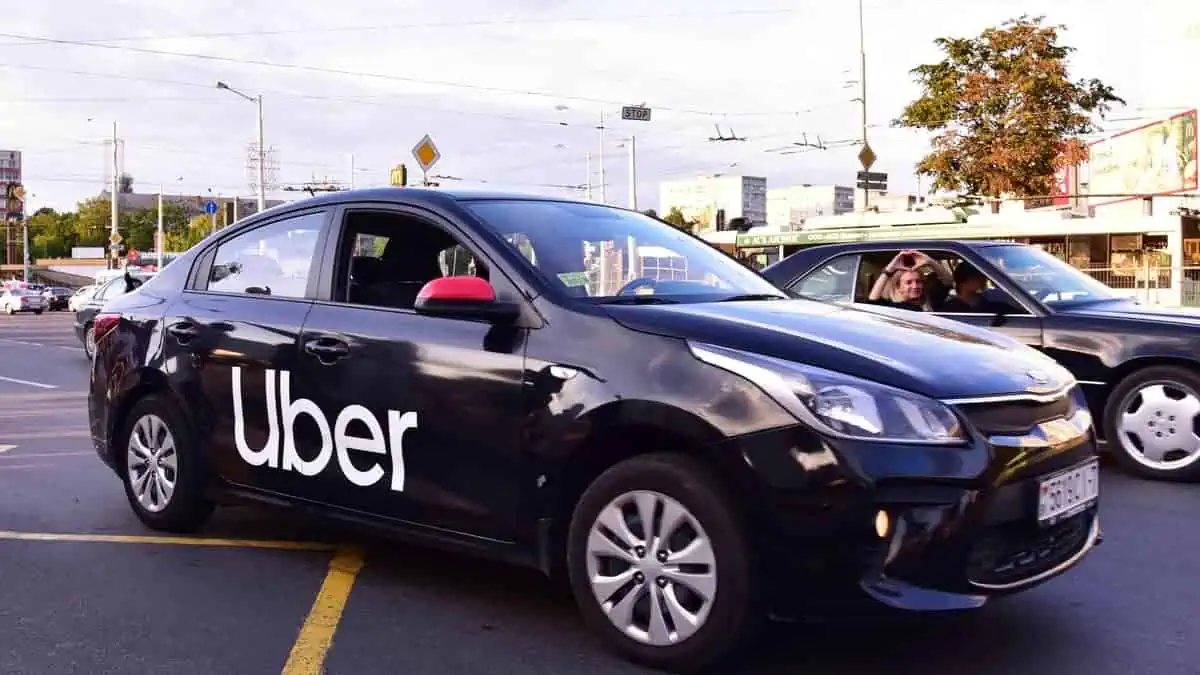Mayor Eric Adams and the New York City Taxi and Limousine Commission (TLC) officially released new rules for rideshare vehicles on Wednesday under the Green Rides Initiative.
According to the press release, New York City has now decided to lift the restrictions limiting the number of Uber, Lyft, and other rideshare cars on the road. In return, these rideshare vehicles must be zero-emission or wheelchair accessible vehicles by 2030.
New regulations
The new Green Rides Initiative officially lifts the cap on the number of TLC license plate issuance for rideshare company drivers, including Lyft and Uber.
The move is crucial for the Adams administration’s wider strategy of establishing an all-electric or wheelchair accessible rideshare fleet by 2030. It also advanced NYC’s position as the first US city to target a 100% zero-emission rideshare fleet, according to SILive.
With the introduction of the new rules, the TLC has reopened new license applications for rideshare electric cars.
“This gradual, measured transition will benefit the environment, the city’s rideshare drivers, and anyone needing an accessible vehicle. It is designed to ensure that electric vehicles can join the fleet in tandem with the development of charging infrastructure and price-parity with gas-powered vehicles. Simultaneously, it reinforces our commitment to accessibility.”
TLC Commissioner David Do
Status quo
New York Post reported that the city currently has 78,000 rideshare vehicles. Now, the Adams Administration aims to increase that tally back to the pre-pandemic record of almost 100,000 units.
NYC initially imposed restrictions on the number of rideshare vehicles in 2018. The move was crucial for the officials to manage the growing number of vehicles operating on the roads. It also aimed to protect the struggling yellow cab business from ride-hailing services like Uber and Lyft, which use investor funding to offer discounted fares.
In order to promote the shift to an electric and wheelchair accessible fleet by 2030, the officials have now lifted that restriction.
“When it comes to driving towards sustainable and inclusive transportation alternatives, New York City isn’t just along for the ride — in fact, we are leading the way. By championing the integration of zero-emission vehicles and wheelchair accessible transportation, we are cutting dirty emissions and guaranteeing equitable transportation opportunities for every New Yorker. Green Rides marks significant progress towards establishing an environmentally conscious for-hire transportation system spanning all five boroughs. This transformative shift will serve as a turning point, propelling New York City towards a greener, cleaner, healthier future.”
New York City Mayor Eric Adams
Targets
The Green Rides Initiative’s requirements will have a multi-phase increase in the following years through 2030. Below are the City Government’s targets:
- 2024: 5% zero-emission or wheelchair accessible vehicles
- 2025: 15% zero-emission or wheelchair accessible vehicles
- 2026: 25% zero-emission or wheelchair accessible vehicles
- 2027: 45% zero-emission or wheelchair accessible vehicles
- 2028: 65% zero-emission or wheelchair accessible vehicles
- 2029: 85% zero-emission or wheelchair accessible vehicles
- 2030: 100% zero-emission or wheelchair accessible vehicles
Industry leaders Uber and Lyft support these new standards, as they have also launched their own electrification strategies over the past years.
For instance, Lyft has already set a target of becoming an all-electric rideshare company by the end of this decade.
The NYC Government’s decision to lift the ridesharing restriction is a strategic approach to encourage the transition to a more sustainable and accessible fleet of rideshare companies. It will significantly boost the city’s electric vehicle adoption and accelerate its 2050 carbon neutrality target.






